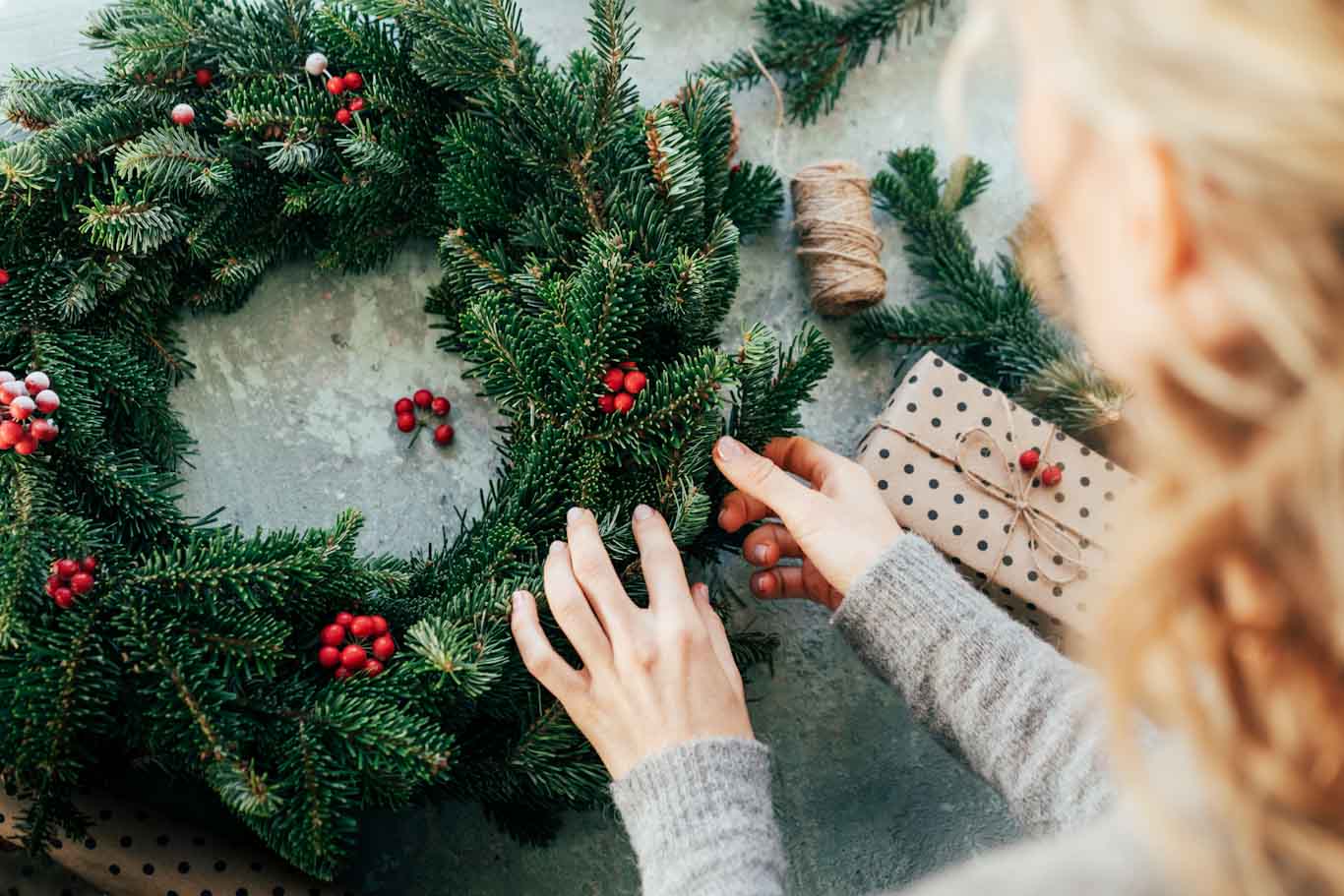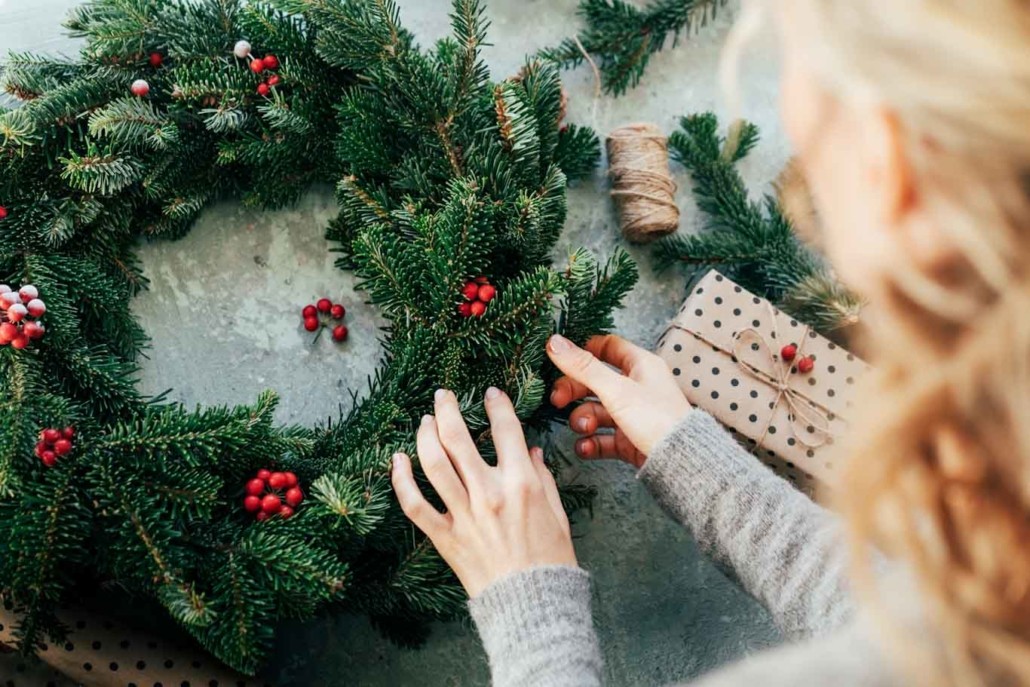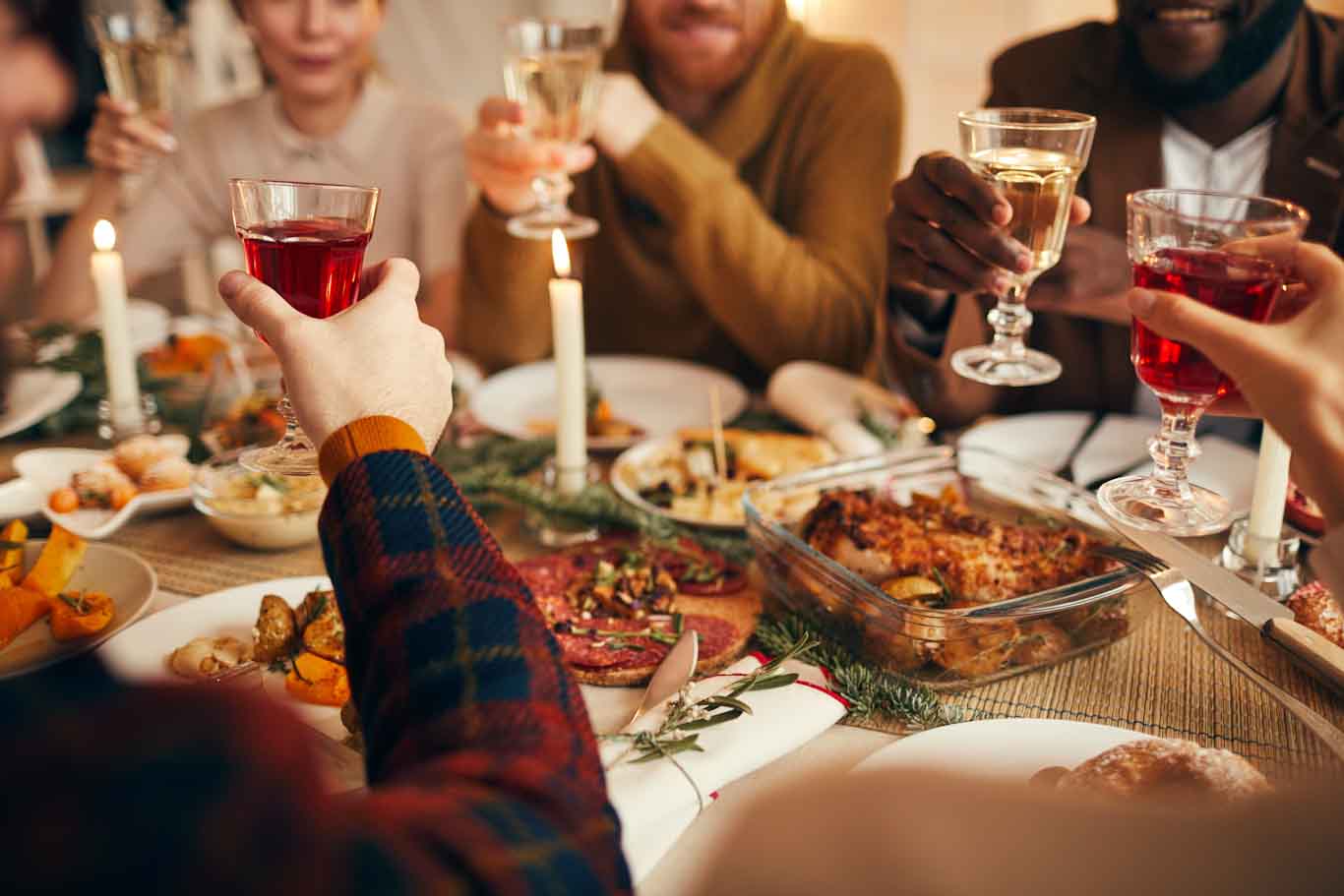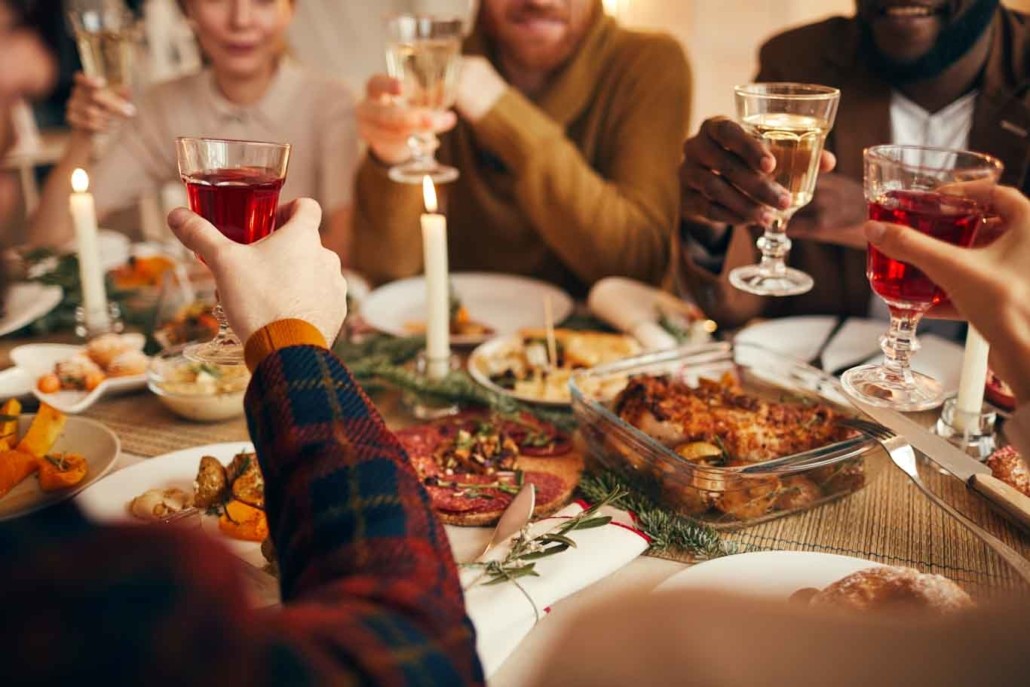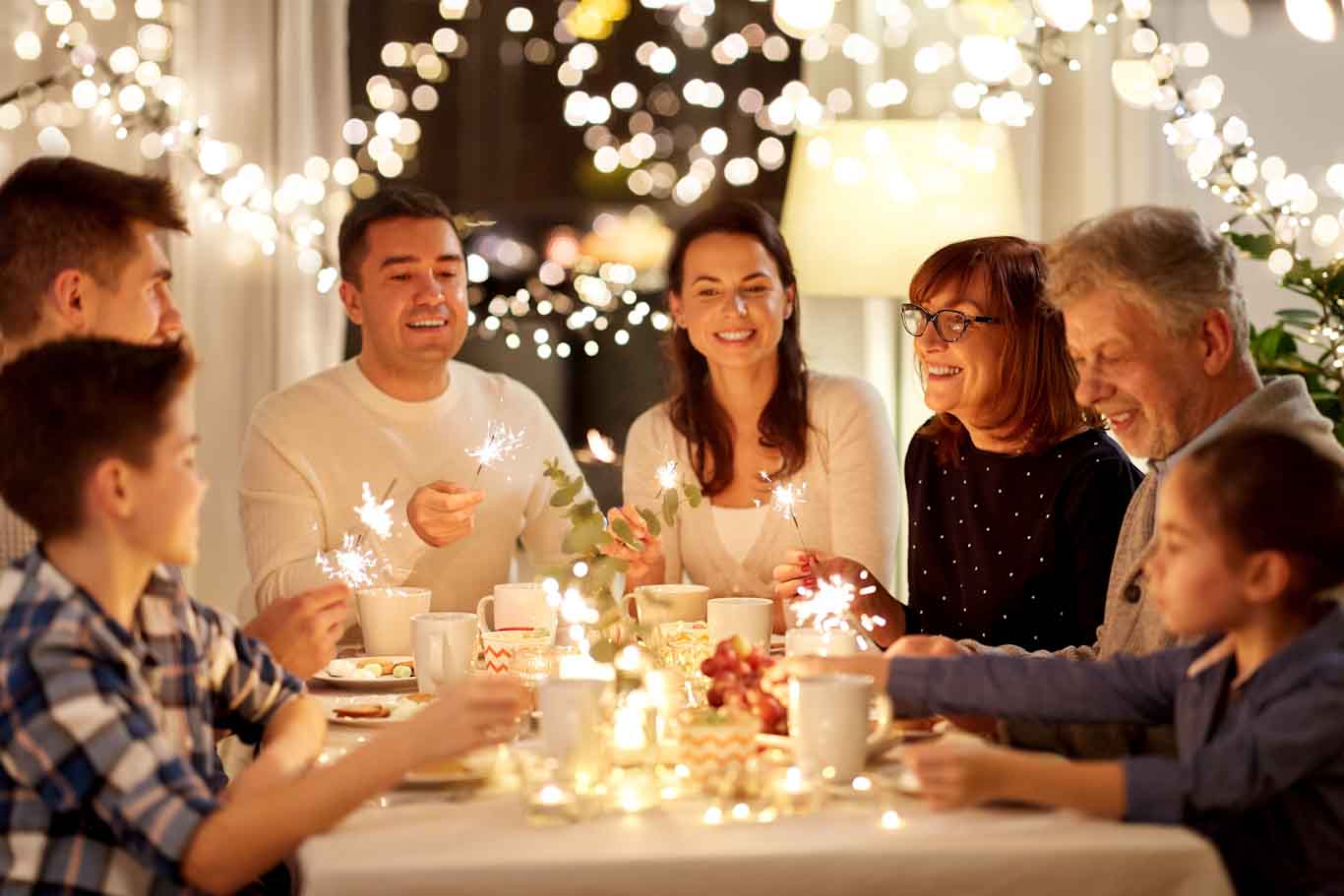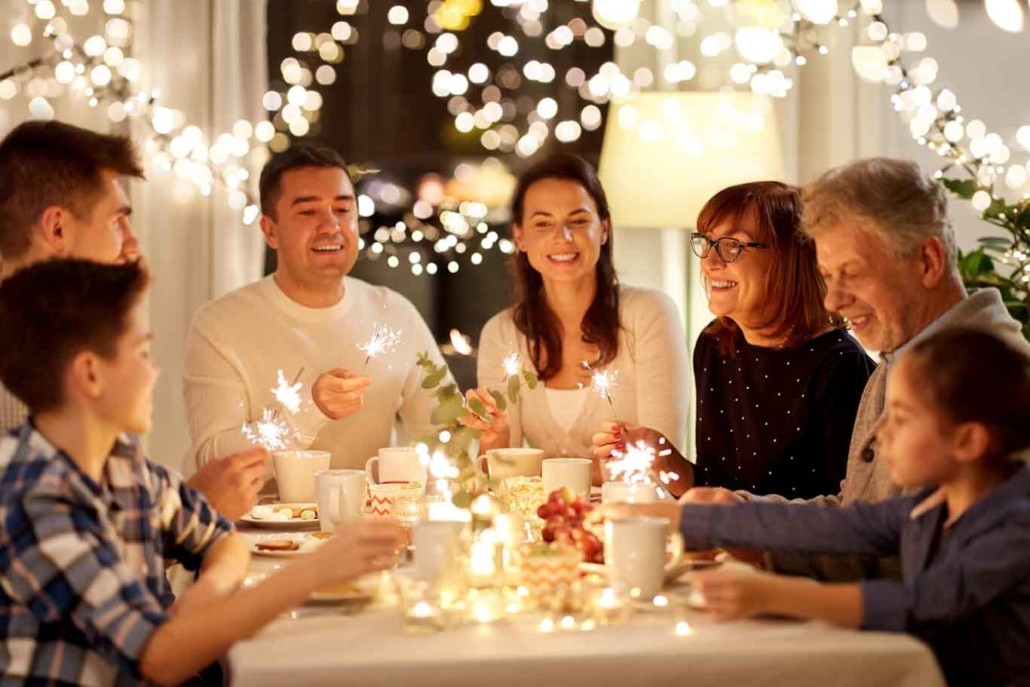Typical Austrian Christmas traditions of the best time of the year!
written by: Hannes Wagner, 19.11.2020
How does one celebrate Christmas in Austria? Christian families in Austria still celebrate the birth of Jesus Christ in a very traditional way. While the opening of the Christmas markets, so called “Christkindlmarkt”, ring in the merry season, every Sunday families light a new candle on the “Adventskranz” and wait for the “Christkind”, singing Christmas carols, baking cookies and decorating the Christmas tree. Intrigued? Keep reading! We will explain those traditions to you in detail.
Table of Contents:


